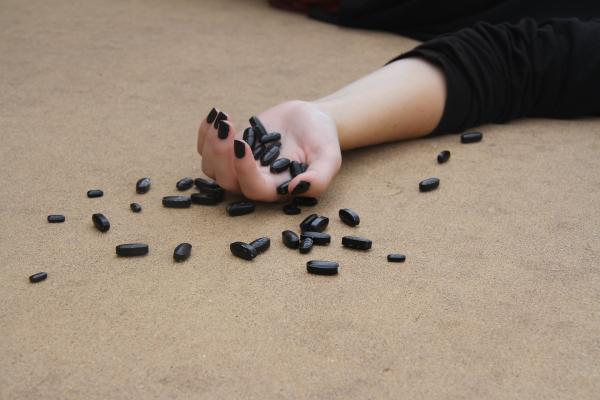A new report published in BMJ Journal: Injury Prevention opts to reframe how we interpret data on preventable, premature deaths by using an “enhanced conceptualization of self-injury mortality (SIM)” that bundles all manner of death by suicide and estimated non-suicide deaths from drugs (e.g. opioids) or self-intoxication. In so doing, researchers found SIM exceeded diabetes in cause of death in 2015 and has only continued to expand the trend. By understanding that such deaths reflect a continuum of disease, of which health professionals are well aware, the authors hope to shift focus of policy and community intervention to prevention of such bad outcomes by emphasizing these disparate outcomes share common causes, ranging from social and economic factors to clinical ones.
Recognizing with the attention on universally available naloxone (the reversal agent used in emergencies for opioid overdoses) and substance abuse treatment to “cure” the opioid crisis, the authors maintain much of the current solutions are “downstream” and not turning the overall tide. Due to the problematic nature and high standard of defining a death as suicide, the researchers contend the present method to classify the scope of the situation is highly flawed. For example, how a death is labeled accidental versus intentional is “misleading” thereby ignoring the morbidity and mortality initiated by repetitive self-harm.
Is this news?
Not really. It is pretty standard fare for our health policies to band-aid ruptured arteries, instead of fully repair and strengthen the original defect so it might withstand, with fortitude and resilience, future challenges. The latter effort tends to be the more complicated, difficult path, but the quick fixes that are our society’s default position typically incur greater damage and expense in the long run.
Speaking of suicide, near suicide, lethal intoxication as entirely distinct entities never made much sense. Appreciating that “fatal actions of those who have killed themselves, whether with declared intent or through imperiling self-injurious behaviors” are often two sides of the same coin is a necessary step to making any dent in the disease burden.
Albeit drugs, alcohol or suicide or any permutation, identifying the issues leading to such self-medicating and –injurious behaviors are where the real, lasting solutions will arise. Addiction is less about the substance(s) of choice, and more about the behavior. The gaping hole varies per person and delving into the complexity of what drives and sustains the underlying root compulsion will pay many dividends.
In the end
If the push for formal rebranding of preventable causes of death directs overdue attention to the “upstream” influences, then so be it. Self-injury as a way of life or death imposes tremendous suffering. Comprehensive measures that tackle the entire continuum of such premature deaths are necessary for any progress in this realm.




